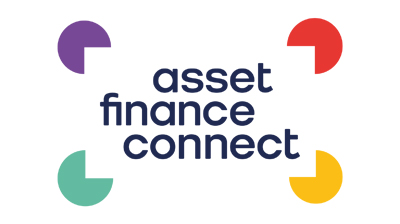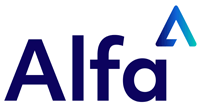Moreover, millennials have the highest average delinquency rate (90-plus days) for commercial credit cards (3.6%) and the second-highest average delinquency rate (90-plus days) for consumer credit cards (13.3%).
However, despite having the lowest commercial and consumer credit scores among the generations, US millennials (born post 1980s) are the most credit-active generation. The analysis found that 17.4% of millennial small-business owners opened a commercial account in the past 24 months, while 63.8% opened a consumer account during the same time period. Comparatively, the next highest in both categories was Generation X, with 14.5% opening a commercial account and 62.7% on the consumer side.
Millennials also have the highest commercial credit utilization rate (54%), followed by Generation X (born 1960s to 1980s) (51%), baby boomers (born 1946 to 1960s) (41%) and The Greatest Generation (born pre-WW2) (32%).
Commercial credit attributes
| Credit score | Delinquency rate on credit cards | Loan balance | Utilization rate | |
|---|---|---|---|---|
| Millennials | 32 | 3.6% | $6,263 | 54% |
| Generation X | 33 | 3.2% | $8,989 | 51% |
| Baby boomers | 37 | 2.2% | $11,061 | 41% |
| The Greatest Generation | 41 | 2.1% | $10,445 | 32% |
Pete Bolin, director of consulting and analytics for Experian Business Information Services said: “Considering that length of credit history is a major contributor to a positive credit profile, it’s not surprising that millennials have the lowest commercial and consumer credit scores. Their age alone puts millennials at a disadvantage.
“However, millennials appear to have taken the appropriate steps to build their credit by opening new accounts and separating their business credit from their personal credit. As they move forward, it will be increasingly important for them to make timely payments and ensure that their creditors report their payment behavior to commercial credit bureaus so they can build and maintain a positive credit rating.”
Other findings include:
- Millennials have the lowest outstanding commercial loan balance ($6,263), followed by Generation X ($8,989), The Greatest Generation ($10,445) and baby boomers ($11,061);
- More than 27% of millennial small-business owners have estimated personal incomes between $50,000 and $74,999;
- The average number of years a millennial small-business owner has been in business is 5.3 years. Comparatively, small-business owners in The Greatest Generation have been in business for an average of 9.3 years.
Experian’s research, which compares the demographic and credit characteristics of millennial small-business owners with other generations, showed that 15% of millennial small-business owners have not earned a high school diploma.
By comparison, the next-highest percentage belongs to Generation X, with fewer than 12% not finishing high school. Furthermore, millennial business owners also show the lowest percentage of having completed a bachelor’s degree (16.3%); the next lowest belongs to baby boomers, at just less than 19%.
Bolin added: “Considering millennials are now the nation’s largest living generation, they potentially could become the country’s most prolific small-business owner population. With that said, it’s important to understand what drives this segment and how they manage their financial obligations.
“While millennials may have the highest percentage of those never having enrolled in college, it’s important to keep in mind that it could be a result of a tight job market and high tuition costs, especially shortly after the recession. With technology deeply rooted in today’s younger generation, many have opted for entrepreneurism rather than a college education.”
Experian’s analysis also looked at the most popular industries among millennial small businesses and found correlations with education levels. Findings showed the most popular industries among millennials traditionally don’t require a four-year degree. These include business services (5.9%), followed by building cleaning and maintenance (4%) and general contractors (3.8%).
The remaining industries in the top five are motion pictures and video (3.3%) and beauty shops (3.2%).







